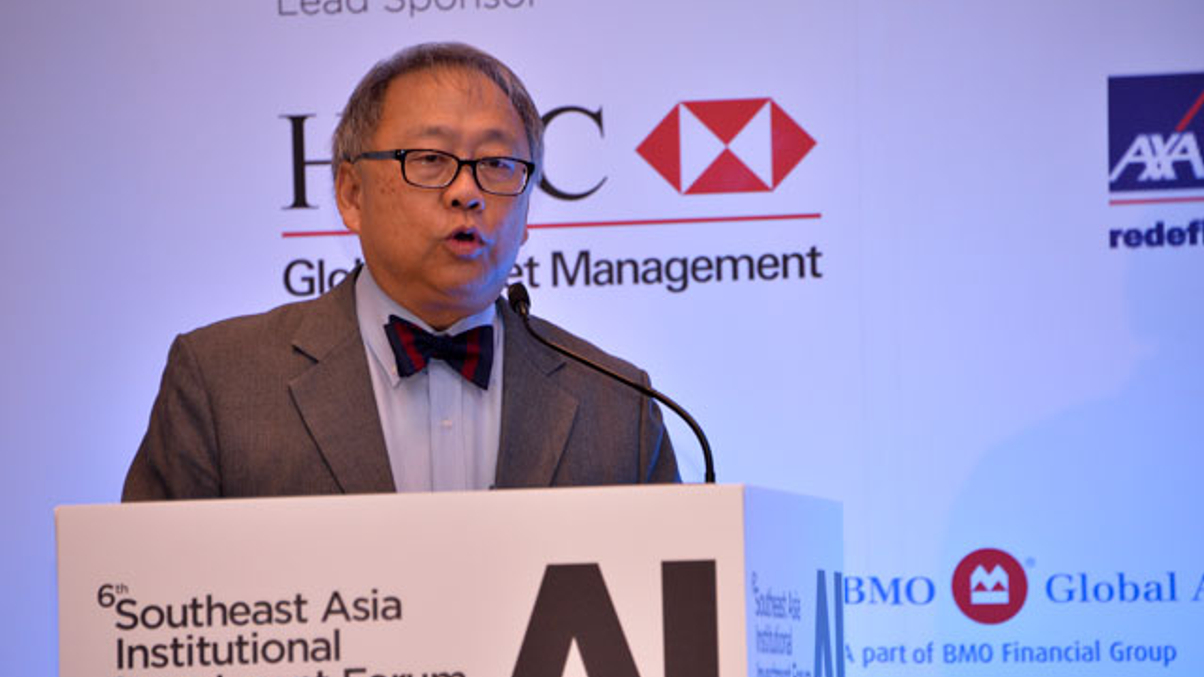Asean holds key to solving US-China tensions
Southeast Asia is the melting pot for ties between the world’s two great powers and getting it wrong could lead to war, an AsianInvestor forum hears.

Asean has become the key testing ground for relations between China and the US that could determine whether the world’s two great powers go to war, an AsianInvestor forum heard.
Sign In to Your Account
Access Exclusive AsianInvestor Content!
Please sign in to your subscription to unlock full access to our premium AI resources.
Free Registration & 7-Day Trial
Register now to enjoy a 7-day free trial—no registration fees required. Click the link to get started.
Note: This free trial is a one-time offer.
¬ Haymarket Media Limited. All rights reserved.


